by Nicole Bowling
We know that vegetables should be the cornerstone of any diet, but are all of them created equal?
Cruciferous vegetables have risen in popularity recently due to their apparent cancer-fighting properties. This large group of plants is diverse, each providing strong, unique flavors. It is named after the Latin word for crucifix because the blossoms of these plants resemble a cross.
Cruciferous vegetables include:
- Arugula
- Bok Choy
- Broccoli
- Brussels sprouts
- Cabbage
- Cauliflower
- Kale
- Radish
- Turnips
Cruciferous vegetables are low-calorie, and rich in folate, vitamins C, E, and K, and fiber. Fiber is an important nutrient to incorporate if weight loss is the goal, as it helps keep you fuller longer.
Cruciferous vegetables are also good sources of phytonutrients, which are plant-based compounds that may help lower inflammation and reduce the risk of developing cancer.
Also present in cruciferous vegetables are glucosinolates. These chemicals are not only responsible for the aroma and flavor of these plants, but they have also been shown to have anticancer effects. According to the National Cancer Institute, studies in rats and mice have demonstrated that indoles and isothiocyanates, the compounds that form from broken down glucosinolates, protect cells from DNA damage, inactivate carcinogens, and have antibacterial and anti-viral effects.
The link between consuming cruciferous vegetables and a reduced risk of cancer in humans is not quite as clear. Specifically, prostate, colorectal, lung, and breast cancers have been studied, and most show little to no association.
However, a few studies have shown that the bioactive components in cruciferous vegetables have beneficial effects on biomarkers of cancer-related processes in some people.
How much should you eat?
According to the United States Department of Agriculture, adult women should eat 2.5 cups of vegetables per day, while adult men should have 3 cups. One cup of cooked or raw broccoli, Brussels sprouts, or cauliflower counts as 1 cup of vegetables. Two cups of leafy vegetables, like kale or arugula, count as 1 cup from the vegetable group.
Your total vegetable intake doesn’t have to come from cruciferous vegetables, but they should be incorporated daily for maximum health benefits.

Arugula recipe
A leafy green with a zesty flavor, arugula goes well in many dishes. It’s perfect to accompany a pasta dish or to use as a substitute to basil in a pesto recipe.
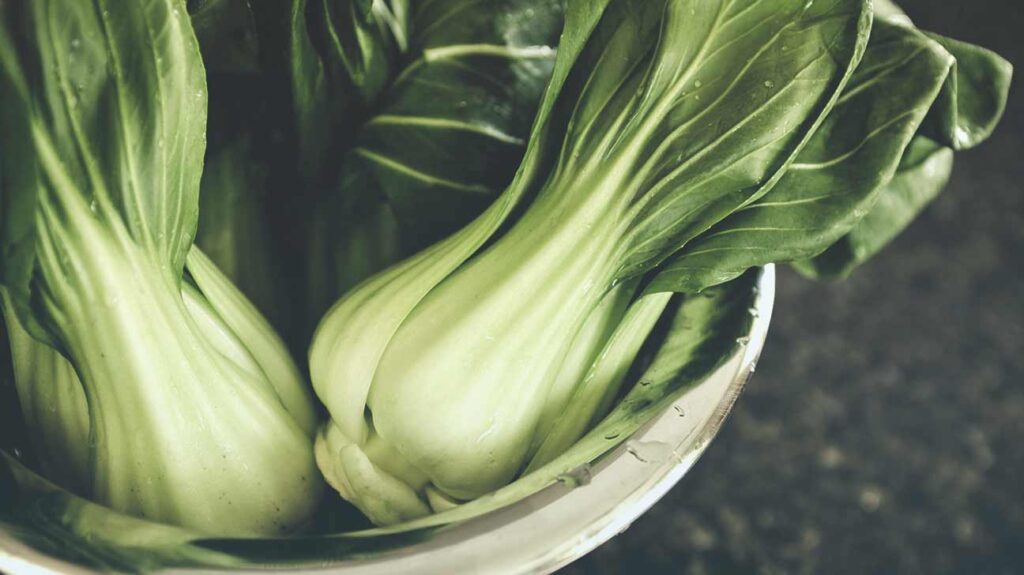
Bok choy recipe
A type of Chinese cabbage, bok choy looks like a cross between celery and lettuce. It’s mild-flavored and great in stir-fries or soups. Try this ginger bok choy soup with noodles.
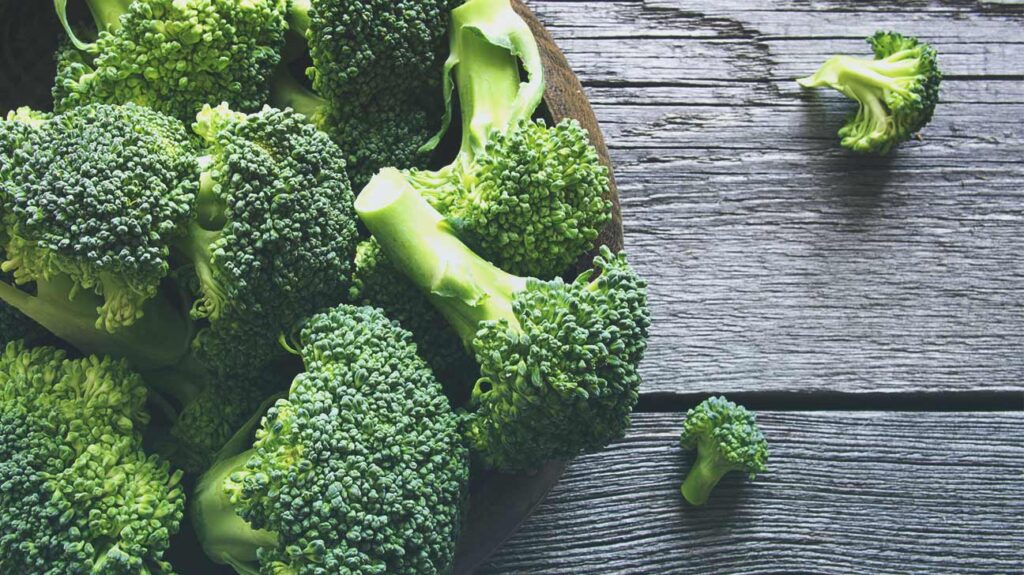
Broccoli recipe
Broccoli can be eaten raw in salads or with dip as a quick snack. Try steaming it and topping it with shredded cheese or roasting it in the oven with olive oil, salt, and pepper. Or, try this parmesan cheesy broccoli casserole with crispy breadcrumbs if you don’t love the taste of broccoli.

Brussels sprouts recipe
Brussels sprouts have a very distinct taste and a reputation for being disliked by kids across the country. An easy way to eat them is roasted in the oven. Try this recipe topped with balsamic vinegar and honey.
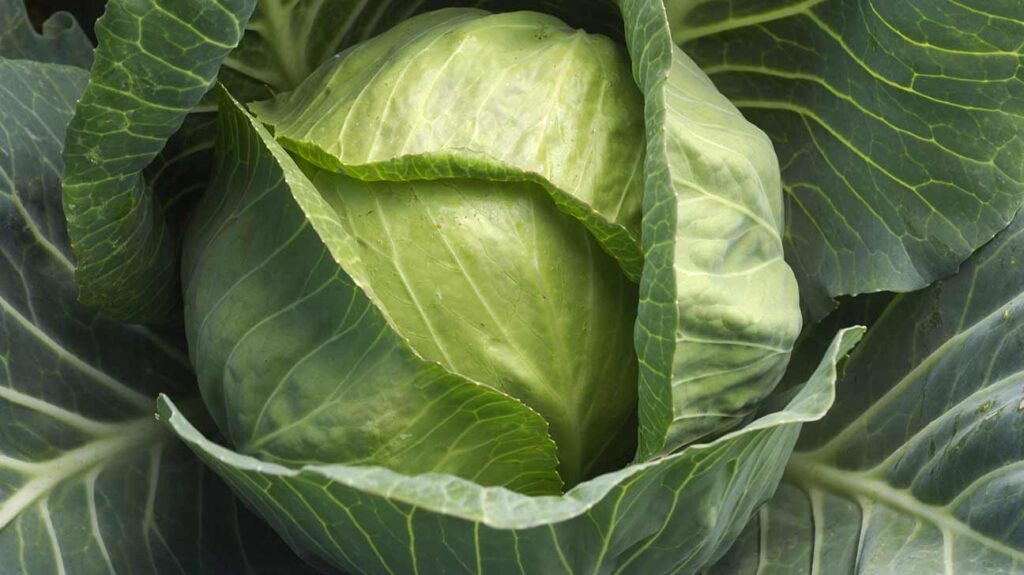
Cabbage recipe
One of the most cost-effective vegetables you can buy, cabbage is filling and easy to cook. Try it in a side dish with beans and potatoes.
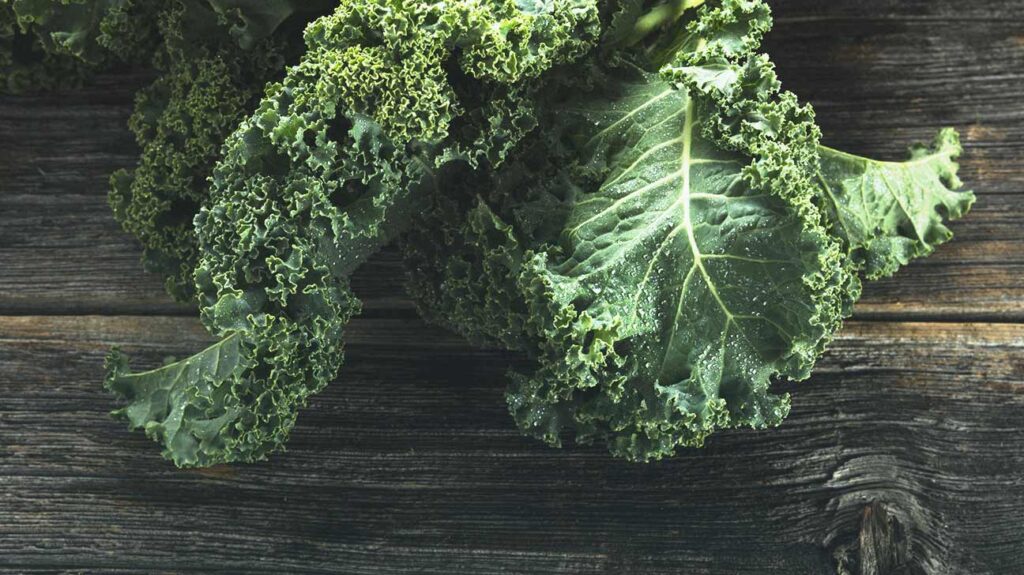
Kale recipe
It’s hard to go to any restaurant nowadays without seeing trendy kale on the menu. While it’s slightly more bitter than spinach or lettuce, its nutritional stats are impressive. Sauté it with olive oil, garlic, and salt and pepper for a quick side dish, throw it in a smoothie to sneak in some vitamins and minerals, or try baking it in the oven with some seasoning for a potato chip substitute.

Radish recipe
Radishes are typically eaten raw, usually as a garnish on a salad, but there are plenty of other ways to serve them. Try braised radishes with mint and onion or butter-glazed roasted radishes with fresh herbs.
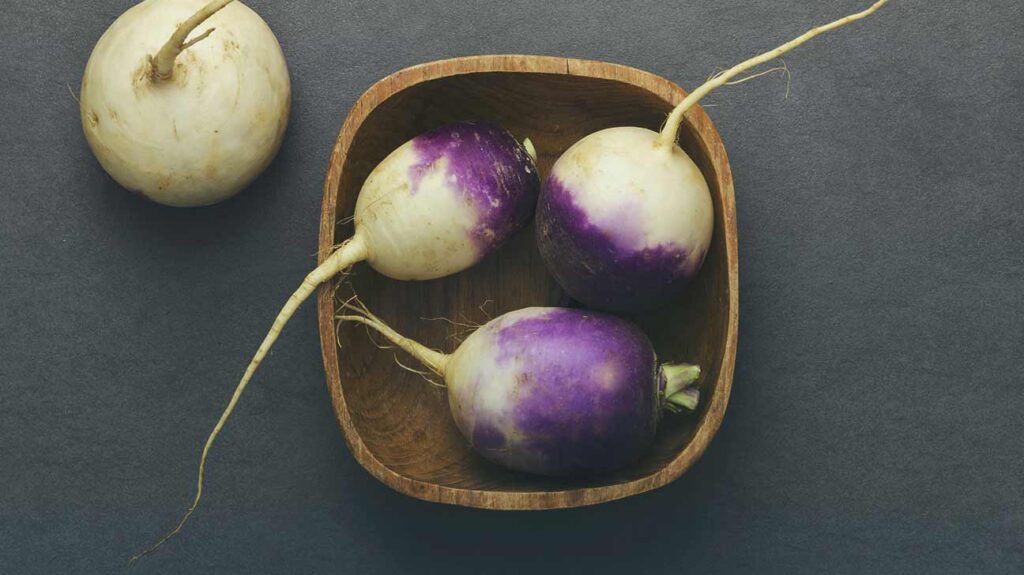
Turnip recipe
This root vegetable is similar to a potato in texture, but it has a much more distinct flavor. They have a slightly peppery flavor and purple skin, but they can be used as a substitute for potatoes. Try this turnip au gratin recipe.
The takeaway
Cruciferous vegetables are not only low-calorie and nutrient-dense, they’re possibly beneficial in fighting cancer. If you’re trying to lose weight or simply add healthier options to your diet, try many diverse recipes incorporating cruciferous vegetables to hit your recommended daily serving.
The information contained in this article is for educational and informational purposes only and is not intended as health or medical advice. Always consult a physician or other qualified health provider regarding any questions you may have about a medical condition or health objectives.





